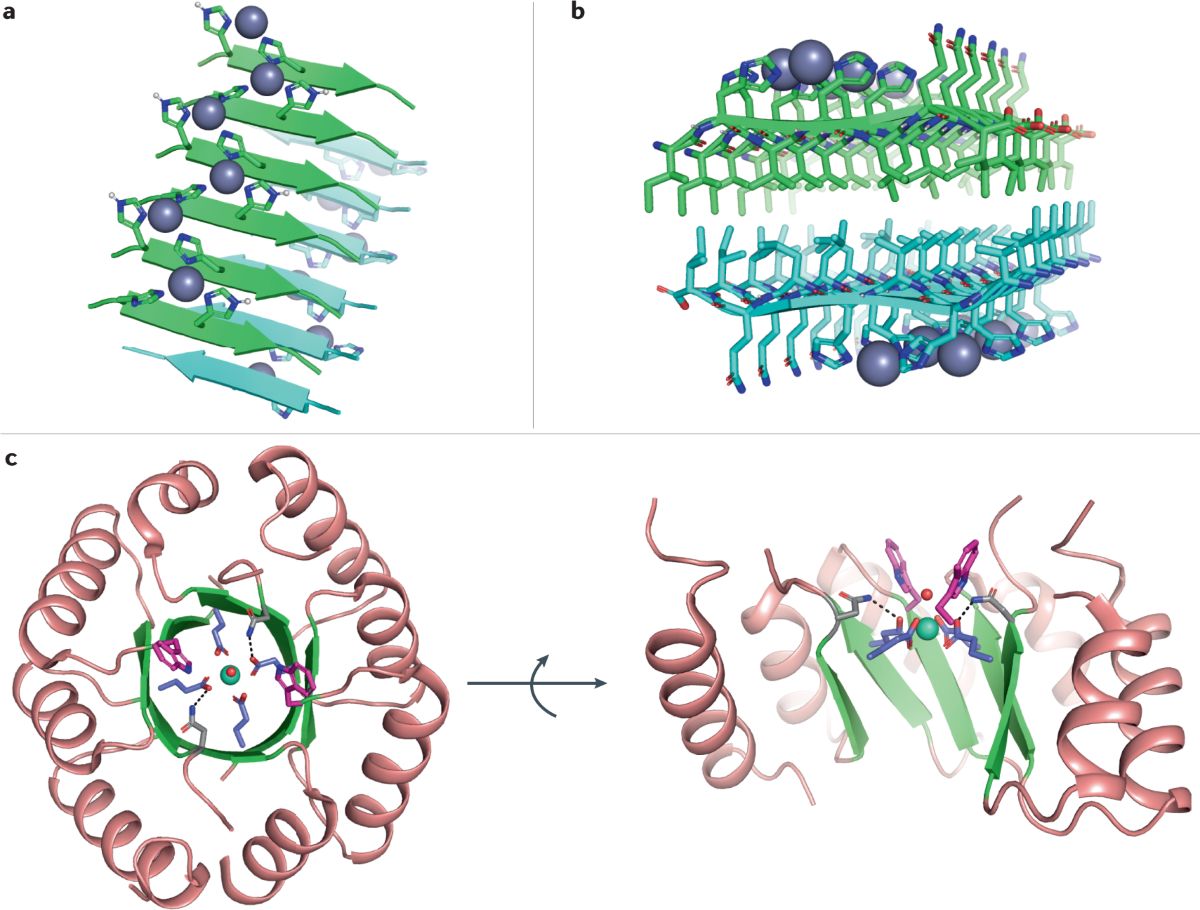
Metalloproteins are proteins that contain a metal ion cofactor. These proteins play crucial roles in various biological processes, including oxygen transport, electron transfer, and catalysis. Hemoglobin, for instance, is a well-known metalloprotein responsible for carrying oxygen in the blood. But did you know that metalloproteins are also involved in detoxifying harmful substances in the body? They act like tiny superheroes, protecting cells from damage. With over 30% of all proteins being metalloproteins, their importance can't be overstated. In this post, we'll uncover 30 fascinating facts about these essential proteins, shedding light on their diverse functions and significance in life processes.
Key Takeaways:
- Metalloproteins, containing metal ions, are essential for oxygen transport, energy production, and gene regulation in living organisms. They have diverse functions and potential applications in medicine and biotechnology.
- Metalloproteins play crucial roles in medicine, from developing blood substitutes to treating diseases like cancer. Ongoing research explores their potential in renewable energy and synthetic biology for industrial and medical purposes.
What are Metalloproteins?
Metalloproteins are proteins that contain a metal ion cofactor. These proteins play crucial roles in various biological processes, including oxygen transport, electron transfer, and catalysis. Let's dive into some fascinating facts about these essential biomolecules.
-
Metalloproteins are found in all living organisms, from bacteria to humans.
-
Hemoglobin, a well-known metalloprotein, contains iron and is responsible for transporting oxygen in the blood.
-
Cytochromes are metalloproteins involved in electron transport within cells, crucial for energy production.
-
Zinc fingers are a type of metalloprotein that binds to DNA and regulates gene expression.
-
Superoxide dismutase, another metalloprotein, protects cells from damage by reactive oxygen species.
Types of Metal Ions in Metalloproteins
Different metalloproteins contain various metal ions, each serving unique functions. Here are some examples of metal ions found in these proteins.
-
Iron is the most common metal ion in metalloproteins, found in hemoglobin and myoglobin.
-
Zinc is another prevalent metal ion, present in enzymes like carbonic anhydrase and alcohol dehydrogenase.
-
Copper is found in proteins like cytochrome c oxidase, essential for cellular respiration.
-
Manganese is a metal ion in the enzyme manganese superoxide dismutase, which protects cells from oxidative damage.
-
Cobalt is present in vitamin B12, a crucial cofactor for DNA synthesis and energy production.
Functions of Metalloproteins
Metalloproteins perform a wide range of functions in living organisms. Here are some key roles they play.
-
Oxygen transport: Hemoglobin and myoglobin transport oxygen in the blood and muscles, respectively.
-
Electron transfer: Cytochromes and iron-sulfur proteins facilitate electron transfer in cellular respiration and photosynthesis.
-
Catalysis: Many enzymes, such as carbonic anhydrase and cytochrome P450, rely on metal ions for catalytic activity.
-
Structural support: Metalloproteins like zinc fingers provide structural stability to proteins and nucleic acids.
-
Detoxification: Metalloproteins like superoxide dismutase and catalase protect cells from harmful reactive oxygen species.
Interesting Facts about Metalloproteins
Metalloproteins have some intriguing characteristics and applications. Here are a few interesting facts.
-
Metalloproteins can change their metal ion content in response to environmental changes.
-
Some metalloproteins can bind multiple metal ions simultaneously, enhancing their functionality.
-
Metalloproteins are used in biotechnology for applications like biosensors and bioremediation.
-
Researchers are studying metalloproteins to develop new drugs and therapies for diseases like cancer and Alzheimer's.
-
Metalloproteins can be engineered to have novel functions, opening up new possibilities in synthetic biology.
Metalloproteins in Medicine
Metalloproteins have significant implications in medicine, from diagnostics to treatment. Here are some examples.
-
Hemoglobin-based oxygen carriers are being developed as blood substitutes for trauma patients.
-
Metalloproteins are used as biomarkers for diagnosing diseases like cancer and cardiovascular disorders.
-
Metal-based drugs, such as cisplatin, target metalloproteins to treat cancer.
-
Metalloproteins are being explored for their potential in gene therapy and regenerative medicine.
-
Understanding metalloproteins can help develop treatments for metal ion imbalances, such as Wilson's disease and hemochromatosis.
Future Research on Metalloproteins
The study of metalloproteins continues to evolve, with new discoveries and applications emerging. Here are some areas of ongoing research.
-
Scientists are investigating the role of metalloproteins in neurodegenerative diseases like Alzheimer's and Parkinson's.
-
Researchers are exploring the potential of metalloproteins in renewable energy, such as biofuel production.
-
The development of advanced imaging techniques is helping to visualize metalloproteins in action.
-
Synthetic biology aims to create artificial metalloproteins with tailored functions for industrial and medical applications.
-
Understanding the evolutionary history of metalloproteins can provide insights into the origins of life and the development of complex organisms.
The Final Word on Metalloproteins
Metalloproteins are fascinating molecules that play crucial roles in our bodies. They’re involved in everything from oxygen transport to DNA synthesis. Without them, life as we know it wouldn’t exist. These proteins contain metal ions that help them perform their functions efficiently. For instance, hemoglobin uses iron to carry oxygen in our blood.
Understanding metalloproteins can lead to breakthroughs in medicine and biotechnology. Researchers are constantly studying these proteins to develop new treatments for diseases. They’re also exploring how metalloproteins can be used in industrial applications, like creating more efficient catalysts.
So, next time you hear about proteins, remember the unsung heroes—metalloproteins. They’re not just another part of the biological machinery; they’re vital components that keep everything running smoothly. Keep an eye on future discoveries in this exciting field.
Frequently Asked Questions
Was this page helpful?
Our commitment to delivering trustworthy and engaging content is at the heart of what we do. Each fact on our site is contributed by real users like you, bringing a wealth of diverse insights and information. To ensure the highest standards of accuracy and reliability, our dedicated editors meticulously review each submission. This process guarantees that the facts we share are not only fascinating but also credible. Trust in our commitment to quality and authenticity as you explore and learn with us.
